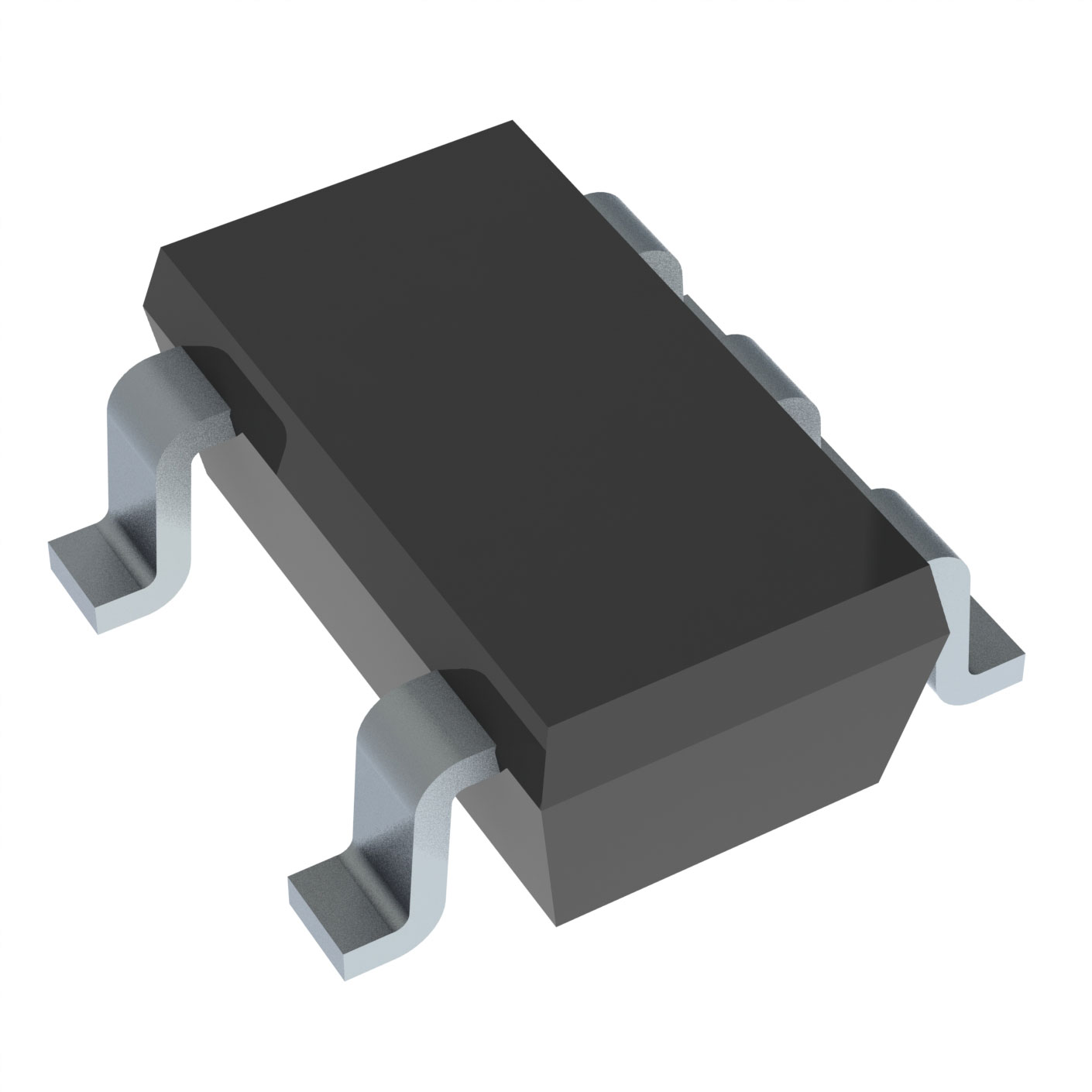

Texas Instruments
TPS2041CDBVR
Power Distribution Switches, Load Drivers



- 5+
- $0.34021
- $1.7
- 50+
- $0.27609
- $13.8
- 150+
- $0.24862
- $37.29
- 500+
- $0.21434
- $107.17

.png?x-oss-process=image/format,webp/resize,p_30)


TPS2041CDBVR Description
The TPS2041CDBVR is a component from Texas Instruments, a leading manufacturer of semiconductors and integrated circuits. Here is a brief description of the TPS2041CDBVR, its features, and potential applications:
Description:
The TPS2041CDBVR is a high-side switch, also known as a load switch, which is designed to control the flow of current in a circuit. It is a small, surface-mount device that can be used in a variety of electronic systems.
Features:
- High-Side Switch: It operates on the high side of the circuit, meaning it controls the current flow from the power supply to the load.
- Low On-Resistance: The TPS2041CDBVR has a low on-resistance, which minimizes power losses when the switch is closed.
- Overcurrent Protection: It includes built-in overcurrent protection to prevent damage to the circuit in case of excessive current draw.
- Hot Swap Capable: It is designed to allow for hot swapping, which means it can safely switch on or off a load that is already powered.
- Small Package: The device comes in a compact package, making it suitable for space-constrained applications.
- Wide Input Voltage Range: It can operate over a wide range of input voltages, making it versatile for different power supply conditions.
Applications:
- Portable Electronics: Used in smartphones, tablets, and laptops for load switching and hot swapping.
- Power Supplies: Can be used in power supply designs to control the connection of the load to the supply.
- Automotive Applications: Suitable for controlling power to various electronic components in vehicles.
- Industrial Control Systems: Can be used in control systems for machinery to manage power distribution.
- Battery Management: Useful in battery-powered devices for managing the connection of the battery to the device.
Please note that the specific applications and suitability of the TPS2041CDBVR can vary based on the design requirements and the operating conditions of the system in which it is used. It's always recommended to consult the datasheet and design guidelines provided by Texas Instruments for detailed information on how to properly implement this component in a circuit.
Tech Specifications
TPS2041CDBVR Documents
Download datasheets and manufacturer documentation for TPS2041CDBVR
 Assembly Material 13/Jul/2023
Assembly Material 13/Jul/2023  TPS20xxC(-2)
TPS20xxC(-2)  Additional Binary Codes 03/Oct/2022
Additional Binary Codes 03/Oct/2022  TPS20xxC(-2)
TPS20xxC(-2) Shopping Guide



























.png?x-oss-process=image/format,webp/resize,h_32)










